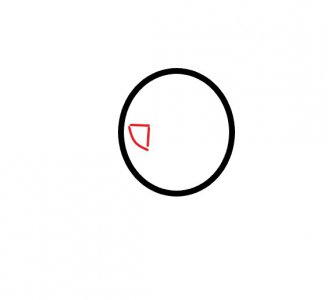- Joined
- Jan 4, 2021
- Messages
- 910
I have a couple questions in regards to those sets of boring bars with brazed on carbide. I bought a set from Shars with 3/4" shanks to fit into a boring head on the Bridgeport.
1) What should the relief angle be when I seat it into the boring head? I was thinking 5-10 degrees, but curious if that's correct.
2) I suspect that not all of the carbide is sharpened to the point it should be, and without a carbide tool grinder, what's the next best way to sharpen, or at least hone the carbide to ensure I am getting the best performance I can from them?
1) What should the relief angle be when I seat it into the boring head? I was thinking 5-10 degrees, but curious if that's correct.
2) I suspect that not all of the carbide is sharpened to the point it should be, and without a carbide tool grinder, what's the next best way to sharpen, or at least hone the carbide to ensure I am getting the best performance I can from them?



